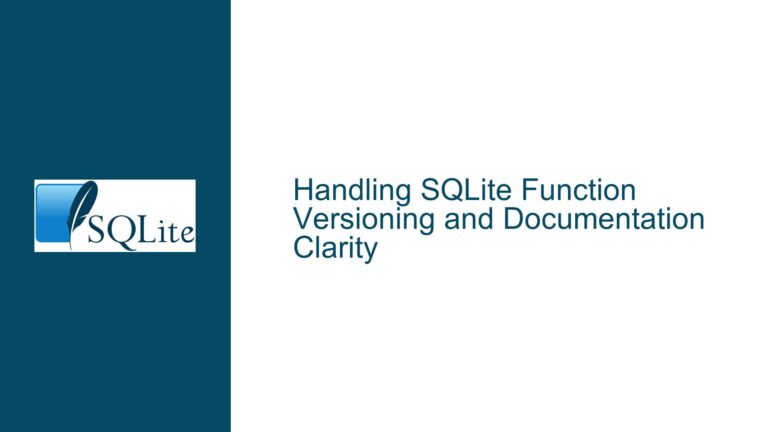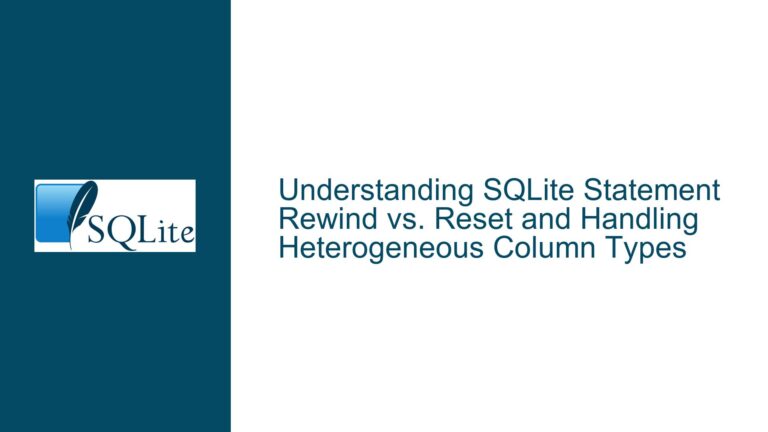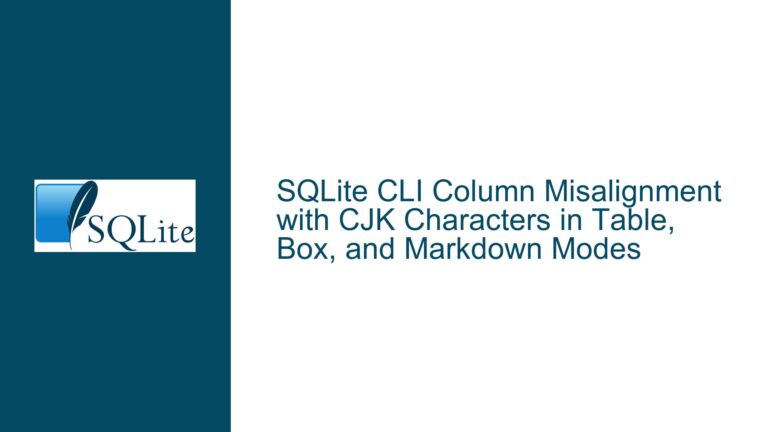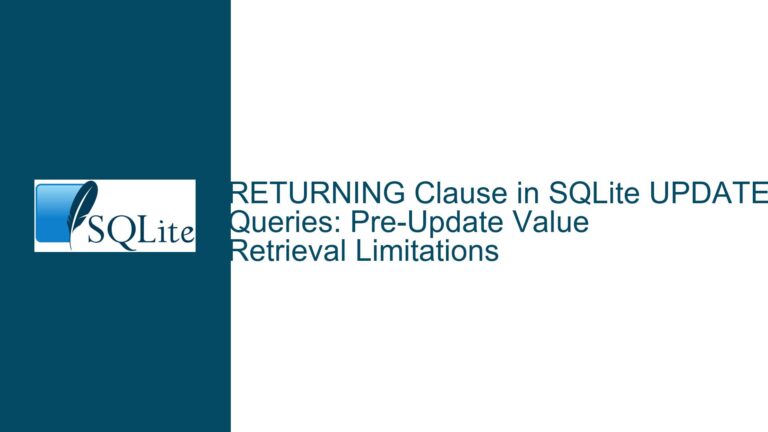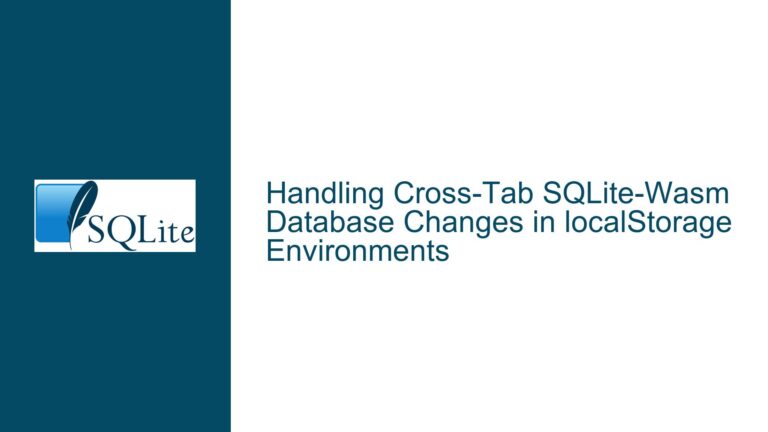Handling SQLite Function Versioning and Documentation Clarity
The Challenge of Version-Specific Function Availability in SQLite Documentation SQLite, being a lightweight and widely-used database engine, continuously evolves with new features and functions. One such function, concat, was introduced in SQLite version 3.44.0. However, users running older versions of SQLite encountered errors when attempting to use this function, as it was not available in…
